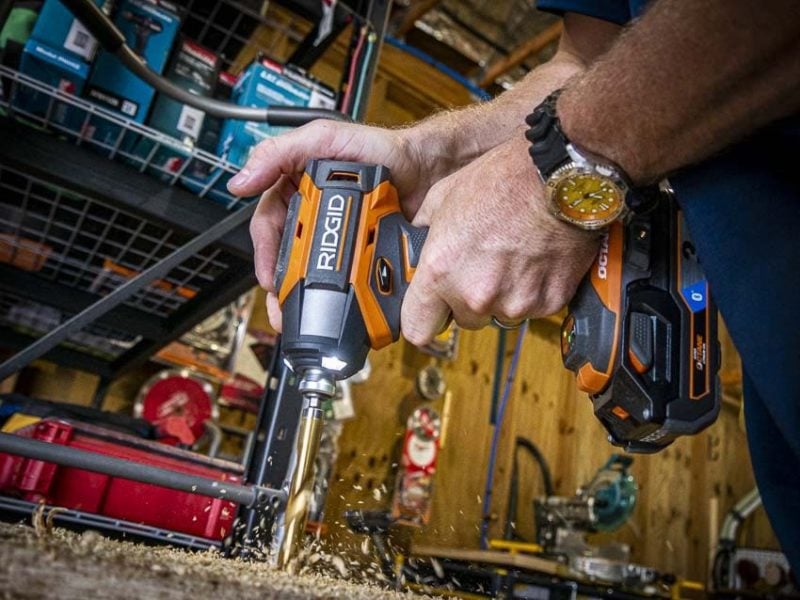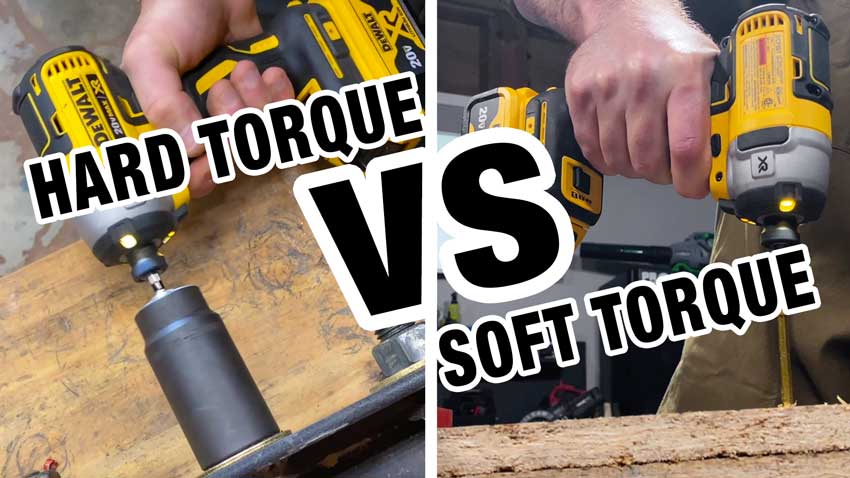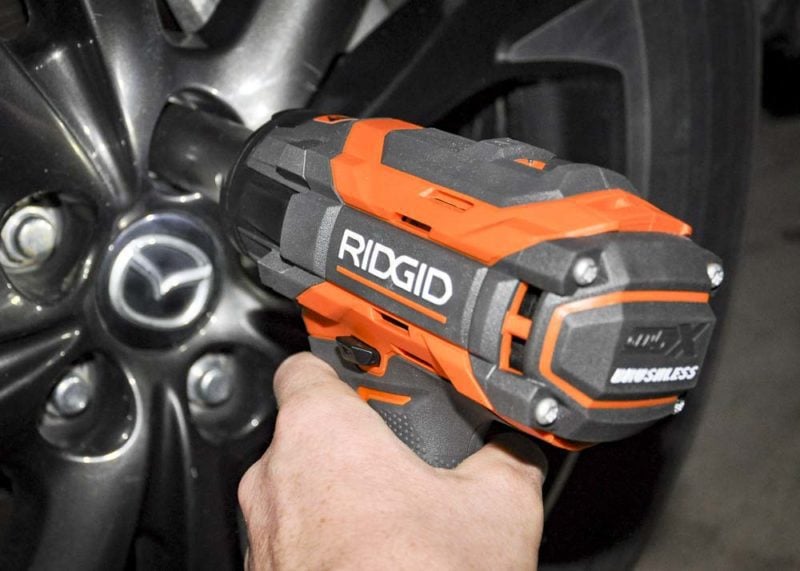Apparently, there exists a fair amount of confusion about manufacturer claims surrounding what they call soft torque vs hard torque. A quick Google search, at least at this point, doesn’t reveal a whole ton of useful information. Manufacturers don’t seem to be terribly forthright with good working definitions of what these terms actually mean. So, what is the difference between hard torque and soft torque?
Confusion About the Difference Between Hard Torque and Soft Torque
Torque is torque, right? Nah, not really. When comparing hard torque vs soft torque you run into lots of confusing numbers, terms, and variables.
Like many quantifiable results in the tool industry, there are plenty of variables in play. For example, try getting a solid torque measurement on any impact tool. You’ll find it’s a lot harder with a lot more gray area than getting it on a drill. The action of the impacting creates a very fast torque curve that’s incredibly hard to measure. The little details make a big difference.
The difference between hard and soft torque boils down to what material you’re working with. The amount of available energy flowing to the chuck doesn’t change, but some materials give and others don’t. You’ll get the closest to hard torque ratings when you’re fastening metal to metal—particularly stainless steel. There is such a thing as a soft metal and you won’t read as a high a torque in that as you will harder metal.

Furthering that point, driving a fastener into wood reduces the amount of torque the drill has to produce to continue driving. The nature of woods—like pine—to give as the fastener head reaches the end of the drive means the driver encounters a “squishier” end.
Give Me Something a Little Easier to Understand
OK, how about this: It’s the difference between punching a brick wall verses a pillow.
You register more force against the wall because it doesn’t give in to your hand (which is now broken, incidentally). Punch a pillow and you can’t register as much force because the pillow gives into the strike. It’s less force, but there’s no doctor’s bill to worry about.
What’s interesting is that you’re unlikely to come across the actual hard or soft torque numbers. The metal used in making fasteners varies as does the material. For instance, your drill can deliver more torque in oak than it can in pine simply because the oak is a harder wood and offers greater resistance. However, it will still fall well short of the hard torque value. Most of the time, you’ll be working with a torque value that is in between the hard and soft ratings.
Pro Tip: When a manufacturer cites just “maximum torque”, that’s a hard torque value.
The Bottom Line
So, the difference between hard torque and soft torque is this:
Hard torque is how much the driver will produce when you’re working with hardened fasteners and materials like stainless steel.
Soft torque is the maximum torque you get when you’re working with softer materials, like pine.




